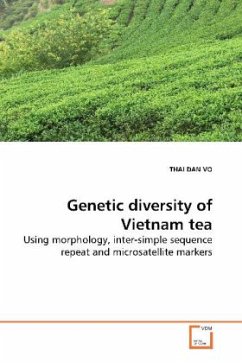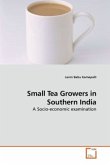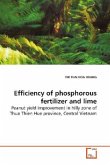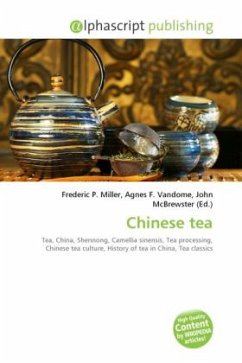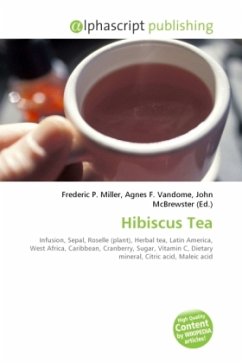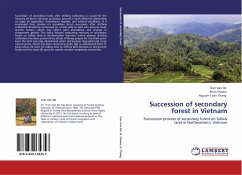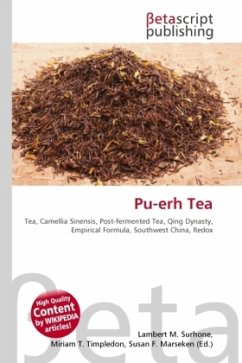Tea plant, Camellia sinensis (L.) O. Kuntze, used to produce the oldest and most popular non-alcoholic soft beverage across the world, is one of the most important cash crops of many countries, including Vietnam. Known as a freely cross-pollinated plant, with many overlapping morphological, biochemical and physiological attributes, tea can not be separated into discrete groups to identify various taxa. Since hybrids are used and clonal propagation is recommended, genetic diversity of tea can be diminished if care is not taken. Information on taxonomic characteristics, genetic diversity and biogeography of tea in the living collections may help in identifying genotypes with high productive potentials which could be used as progenitors to improve the existing genetic base of commercially grown tea. Revealing the genetic diversity by using molecular markers has assisted breeders assigning appropriate parents to be used in crosses.
